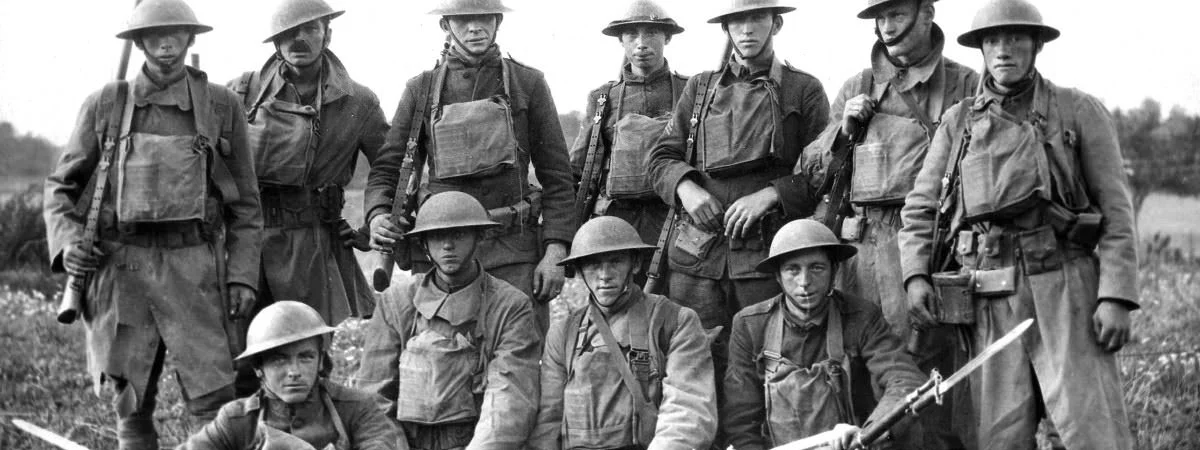Fought between 28 July 1914 to 11 November 1918, World War I was a global conflict primarily putting the Central Powers of Germany, Austria-Hungary, the Ottoman Empire and Bulgaria against the Allies which was a coalition of many nations, most prominently the Great Britain, France, Russia, Japan and Italy. It saw the mobilization of close to 70 million men from 30 different countries. 60 million of these were from Europe while 65 million of the total saw battle. The Great War was among the deadliest conflicts in history and there were 10 million military deaths; 6 million on the side of the Allies and 4 million from the Central Powers. Apart from the military deaths, there were close to 23 million wounded in war. There were also about 8 million civilian deaths, including about 6 million due to war-related famine and disease. Among the belligerents the Ottoman Empire and Russia lost maximum number of people numbering close to 3 million. While Serbia lost anywhere between 16 to 27 percent of its population, the highest in terms of total population. Here are 10 interesting facts about the soldiers of the First World War including their recruitment, their life in trenches and Shell Shock.
#1 ORDER OF THE WHITE FEATHER USED FEATHERS TO RECRUIT MEN FOR THE ARMY
The white feather, while having different connotations in various cultures, came to represent a symbol of cowardice in the British Empire since the 18th century. The symbolism is understood to have come from the sport of cockfighting, where it was believed that a cockerel sporting a white feather in its tail was likely to be a poor fighter. In August 1914, Vice Admiral Charles Fitzgerald founded the Order of the White Feather in Folkestone to bolster recruitment rates. The organization aimed at shaming young men into enlisting for the British Army. It encouraged women to identify and hand out white feathers to these men. Fitzgerald recruited a group of 30 women to hand out the feathers to any man they saw out of uniform in his home town of Folkestone. Reported in various newspapers, the idea soon gained popularity all around the Empire.

As the Order of the White Feather grew, it was reported that gangs of young “Feather Girls” would go around handing feathers to men on the streets. The movement became a cause of concern for the government when public servants and men in essential occupations came under pressure to enlist. It responded by issuing badges to state employees testifying that they were serving “King and Country”.
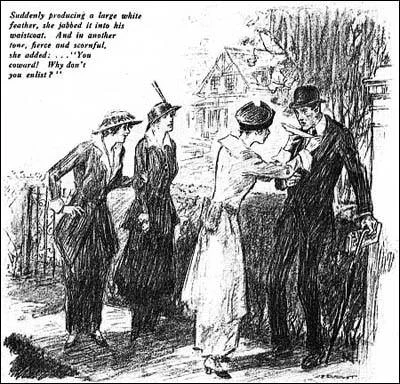
#2 OVER 250,000 BRITISH BOYS ENLISTED TO FIGHT WW1
Though most modern armies are known to have included young teenage boys in their ranks, the First World War is known for the massive scale at which this happened. Among the more known examples, the British Army enlisted an estimated 250,000 under age boys during WWI. The official recruitment age in Britain was 18 and you had to be 19 to fight overseas. However, that was a detail rarely examined during the medical exam and many enthusiastic young boys lied about their age.
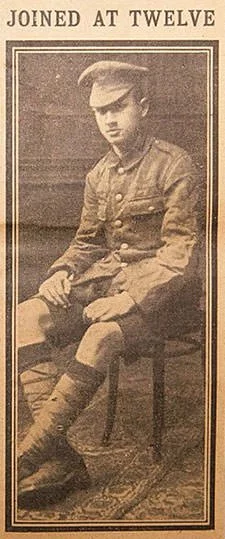
According to a BBC report it was a conspiracy of many. The recruitment officers were paid a paltry 2 shillings and 6 pence for each new army recruit; and they often ignored any concerns of age. Besides, many people did not have birth certificates in those times. Thus, meeting the height (5 feet 3 inches) and minimum chest (34 inch) conditions meant you could be recruited. Also, the boys who came through were often in dire economic situations and many of them saw it as an opportunity to be away from tough home conditions. The rise of patriotic fever in war times, lust for adventure in the youth and ignorance of what may lie ahead were among other reasons for so many signings. Though most of these young boys were in their late teens which was close to the recruitment age, there are examples of boys as young as 13 or 14 fighting in the war. The youngest authenticated British soldier in WWI was Sidney Lewis who fought at the Battle of Somme. He was just 12 years of age.
#3 EIGHT YEAR OLD MOMCILO GAVRIC WAS WWI’S YOUNGEST SOLDIER
Momcilo Gavric is recognized as the youngest soldier of the First World War. In August 1914, Gavric somehow survived an Austro-Hungarian attack on his village, which killed his parents and most of his siblings. Wandering off to find help he ran into the 6th Artillery division of the Serbian Army. Momcilo was taken up by the division and a soldier called Milos Misovic was assigned as his caretaker. Momcilo would participate in the Battle of Mount Cer a few days later and would be called “the son of the Division”. After surviving the Battle of Cer, he was promoted to the rank of Corporal and was given a proper military uniform. At the age of eight, he was the youngest soldier in the War and the youngest Corporal in history.
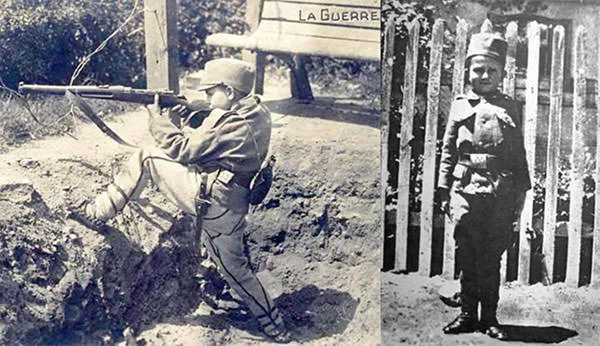
A year later during the Serbian Exodus in the winter of 1915, the boy refused to leave his exhausted caretaker Milos Misovic behind, a gesture that gave the man strength to continue. Surviving the exodus, Gavric participated in the Battle of Kajmakcalan in 1916 where he was promoted to the rank of Lance Sargent by Serbian Commander in Chief Zivojin Misic. Gavric was wounded several times but continued to return to the trenches. He would witness the liberation of Serbia and the formation of Yugoslavia. He would legally be conscripted in 1929 and would go on to fight in the Second World War.
#4 MORE THAN 1.3 MILLION INDIAN SOLDIERS SERVED IN WWI
India in 1914 was in a state of political upsurge with the Indian National Congress pushing for more self-government. Many in Britain feared that if Britain got embroiled in a crisis somewhere in the world, Indian separatists would use it as an opportunity to advance their cause. However, these fears were proved false when Britain declared war on Germany on August 4, 1914. Hoping that Britain would fulfill their promise of self-rule once the war ended, the Indian leadership decided to back the war effort. Offers of financial and military help were made from all over the country. India contributed almost 1.3 million soldiers for the British with the first troops arriving and seeing action on the Western Front as early as the winter of 1914. The Indian Army served in places as diverse as France, Belgium, Mesopotamia, Egypt, Gallipoli, Palestine and Sinai.
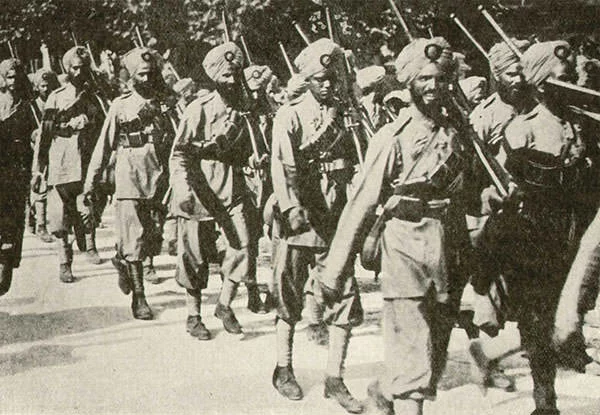
As many as 74,187 of the Indian soldiers who served British in World War I lost their lives. Their contribution remained largely unrecognized and their heroics have long been omitted from popular histories of the war. Apart from the men, close to 100 million pounds were contributed by the Indian princely states, about 170,000 animals were provided which were mostly horses and another 3.7 million tons was provided in supplies. Once the war ended in 1918, India was denied its promised reward. Instead of self-government, the British imposed the Rowlatt Act, by silencing and censoring the press; detaining political activists without trial; and arresting without a warrant any individuals suspected of treason against the Empire.
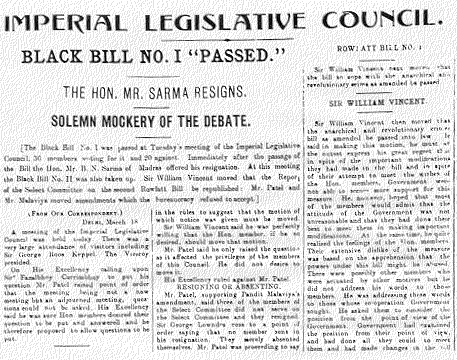
#5 BRITISH GPO DELIVERED 12 MILLION LETTERS PER WEEK TO THE SOLDIERS
The British General Post Office (GPO) was an efficient and esteemed body much before the Great War broke out in 1914. It employed close to 250,000 people and was among the largest labor employers in the world. The British Army realized that contact with the home front was essential for the morale of its soldiers; and the postal services did not disappoint. As a barrage of letters and parcels flocked their offices, the department delivered an average 12 million letters per week to the soldiers, many of them on the front line.

Astonishingly, many times it only took just two days for a letter from Britain to reach the front in France and by the end of the war, two billion letters and 114 million parcels had been delivered. In a famous incident in 1915, a soldier on the Western Front had written to a London newspaper mentioning how lonely he was and saying that he would appreciate if someone wrote to him. The newspaper published his name and regiment. Within weeks, he received 3,000 letters, 98 large parcels and three mailbags full of smaller packages.
#6 SOLDIERS ON THE WESTERN FRONT WERE SUBJECTED TO HORRIBLE LIFE IN THE TRENCHES
World War I in its aftermath is often remembered for the horrible life of the soldiers in the trenches. Though trench warfare was not a new development, the Great War saw it being used on an unprecedented scale on the Western Front. Life in the trenches was difficult with the soldiers facing numerous challenges on a daily basis. Poor sanitary conditions in the trenches meant many soldiers suffering from infectious diseases like dysentery, cholera and typhoid fever. Even when they weren’t fighting, soldiers had work to do – including repairing the trenches, moving supplies, cleaning weapons, undergoing inspections and guard duty. One in ten men did not survive the trenches.
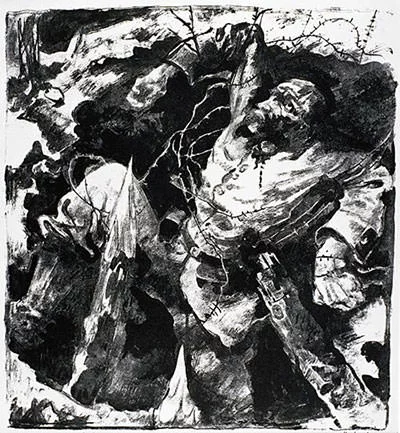
Heavy rainfall flooded trenches and created impassable, muddy conditions. Not only were the soldiers supposed to drain out the water and repair the damages; but some are also known to have been trapped in the thick, deep mud and drowned. A dreaded disease named “trench foot”, which was similar to frostbite, developed as a result of the men standing for long hours in the water. In some cases this developed into gangrene and led to amputations. Moreover, the trenches were mostly infected with a foul smell. Many men did not bathe for weeks; and the trenches also smelled of rotting sandbags, cigarette smoke and poison gas.
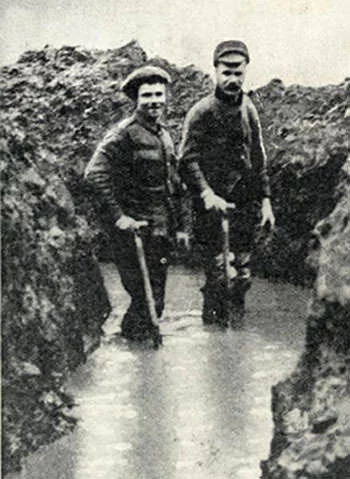
#7 HUNDREDS OF THOUSANDS OF SOLDIERS SUFFERED FROM SHELL SHOCK
Shell Shock was a term coined during WWI to describe a new psychological or physical condition suffered by many soldiers. During the early days of war in 1914, soldiers from the British Expeditionary Force began to report medical symptoms such as diarrhea, headaches, insomnia, amnesia, dizziness, mutism, tinnitus and hypersensitivity to noise. This condition was defined as “shell shock” with the assumed linkage to the effects of explosions from artillery shells. Shell shock cases continued to grow throughout the war and explanations for its cause differed including physical injury to the brain; carbon monoxide exposure during shell explosions; emotional injury; mental and nervous shock; and just plain cowardice. Initially such men were taken out of the front-lines with dexterity. However, as the pressures of war increased they were given rest, days off and sent to casualty clearing centers if things worsened. Public shaming and insults of such soldiers were common and were thought of as methods to get them over shell shock.
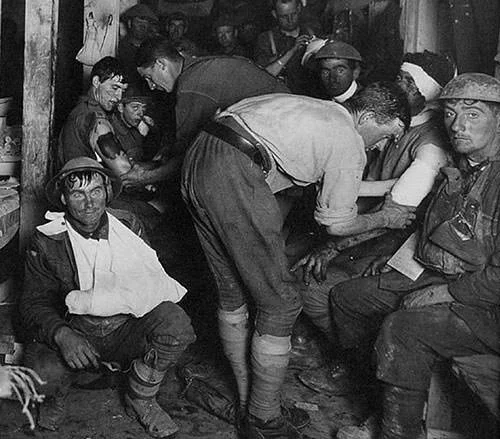
The Battle of Somme of 1916 saw a crisis with as high as 40 percent of casualties reporting the problem. This led to increasing the amount of time and effort devoted to understanding and treating shell shock symptoms. In 1917 “shell shock” was entirely banned as a diagnosis in the British Army. Moreover, mentions of it were censored, even in medical journals. In World War II and thereafter, diagnosis of shell shock was replaced by that of combat stress reaction. Shell Shock is often identified today as the signature injury of the World War I, with its closest association made with what we call as Post Traumatic Stress Disorder.
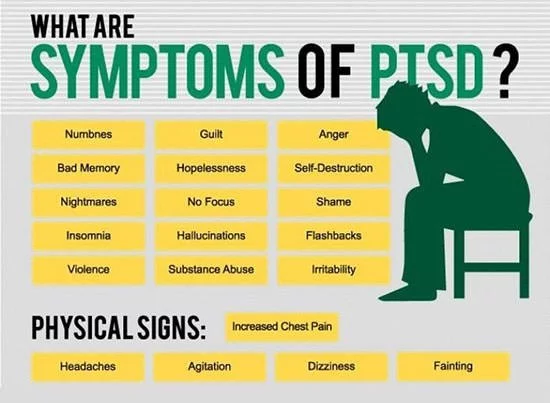
#8 HARLEM HELL FIGHTERS WAS A HIGHLY SUCCESSFUL AFRICAN AMERICAN REGIMENT
Due to the racism against the African American community in the US, black soldiers were usually held back from combat roles and were relegated to tasks such as digging trenches and other manual labor. The 369th Infantry Regiment of the New York Army National Guard were the only predominantly African American troops that saw battle in WWI. They are also known for their spectacular military band which was organized and led by Lieutenant James Reese. The 369th Infantry introduced jazz to many French troops and civilians. “Hell Fighters” was the nickname given by the Germans to the 369th and the name stuck for good reason.

During WWI, the 369th spent 191 days in front line trenches, more than any other American unit. They also suffered the most losses of any American regiment with 1,500 casualties. The French government decorated the entire unit with the Croix de Guerre, its highest award for bravery; as well as 170 additional individual medals for valor. On their return, a massive military parade was held in Harlem in their honor. However, they were soon forgotten and the black veterans returned to pervasive Jim Crow laws and business as usual.
#9 THERE ARE TOMBS OF THE UNKNOWN WARRIORS OF WW1 ACROSS THE WORLD
The tomb of the Unknown Soldier refers to national monuments and tombs that honor the services and sacrifices of many of those unknown soldiers that have laid their lives for their nations. These monuments can be seen in many nations today throughout the world. They were however first built in Westminster Abbey, London and at the Arc de Triomphe in France in 1920 to honor the unknown dead of the First World War.
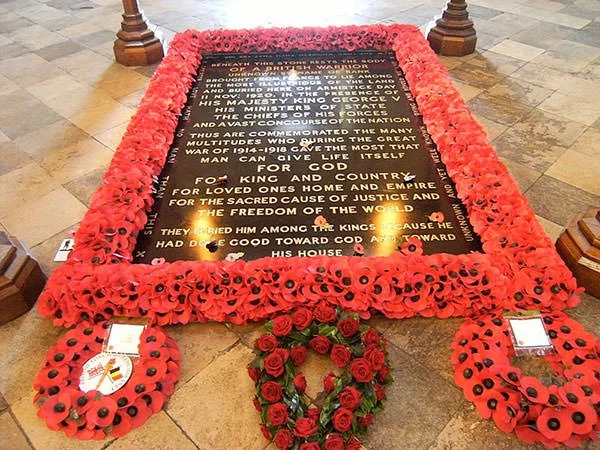
It is noted that in 1916, Reverend David Railton, while serving as an army chaplain on the Western Front, had seen a grave marked by a rough cross, which bore the pencil-written legend ‘An Unknown British Soldier’. Inspired by this, Reverend Railton wrote to the Dean of Westminster in 1920, proposing that an unidentified British soldier from the battlefields in France be buried with due ceremony in Westminster Abbey “amongst the kings”. Similarly in France in November 1916, a local officer of Le Souvenir français proposed the idea of burying “an ignored soldier” in the Panthéon. A formal bill was presented in Parliament in November 1918. The decision was voted into law in September 1919.

#10 A HUNGARIAN SOLDIER COULD NOT SLEEP AFTER HIS WWI EXPERIENCE
Fighting for the Austro-Hungarian Army in WWI, Paul Kern was a Hungarian soldier who was shot in the head by a Russian soldier in 1915, while serving on the front. The bullet removed part of his frontal lobe and once he woke from his injury, it is said that he never slept again in his life. Paul Kern died in 1955, some 40 years after he suffered the gunshot wound. He was studied by a professor at the University of Budapest but his abnormal condition remained a mystery. He later became the inspiration for a song “Paul Kern Can’t Sleep” by the American folk-pop band The Dimes.

